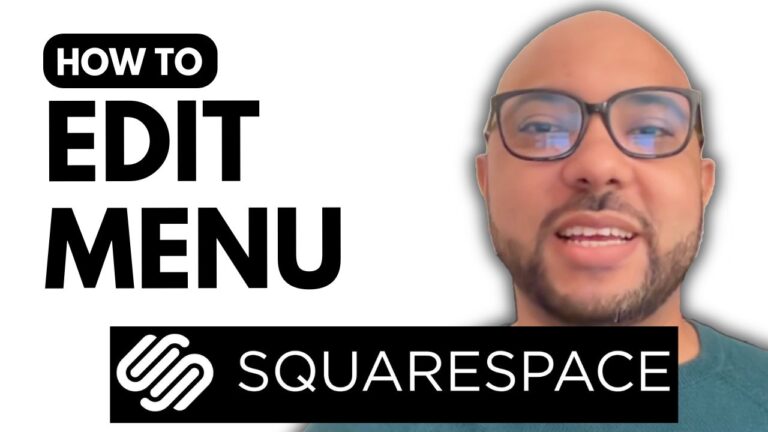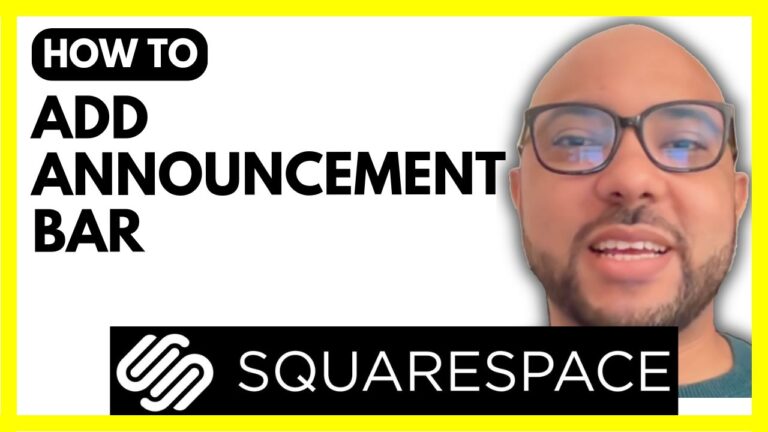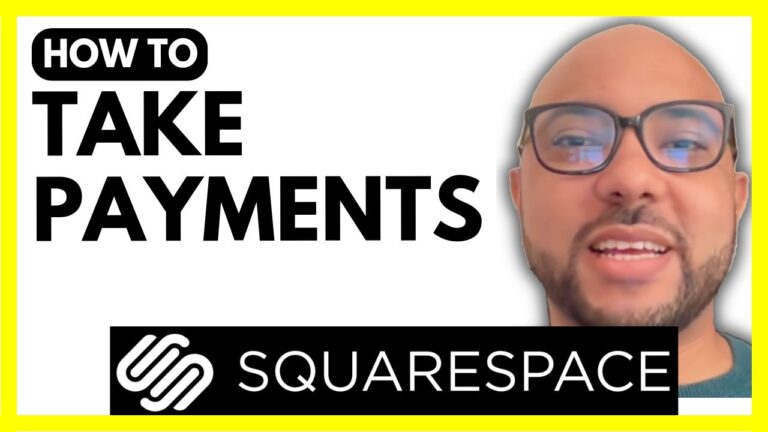How to Update PHP Version in cPanel on Namecheap: Step-by-Step Guide
Hey everyone, welcome to Ben’s Experience! In this step-by-step guide, I’ll walk you through the process of updating your PHP version from cPanel in Namecheap. But before we dive in, I want to mention that you can access my Namecheap course for free within my University. In this course, you’ll learn everything from getting started with Namecheap shared hosting to managing your website and email accounts, as well as optimizing your website’s performance. Plus, you’ll gain access to my other available courses and upcoming ones. Join my University today for free by visiting university.experience.com (link in the description). Now, without further ado, let’s get into how to update your PHP version from cPanel inside Namecheap.
Updating your PHP version in cPanel on Namecheap is a straightforward process. Here’s what you need to do:
- Log in to cPanel: Start by logging in to your Namecheap account and accessing cPanel.
- Navigate to the PHP Version Selector: Once you’re in cPanel, locate the section exclusive for Namecheap customers. In this section, you’ll find the option labeled “Select PHP Version.” Click on it to proceed.
- Select the Desired PHP Version: You’ll see a list of available PHP versions. Identify the version you want to update to. For instance, if you want to upgrade from PHP 8.1 to PHP 8.2, simply click on the respective version.
- Apply the Changes: After selecting the desired PHP version, click on the “Apply” button to confirm your choice.
- Verify the Update: Once the changes are applied, verify that your PHP version has been successfully updated. You should see the new PHP version reflected in the PHP Version Selector.
And that’s it! You’ve successfully updated your PHP version in cPanel on Namecheap.
If you found this guide helpful, don’t forget to give the video a like and subscribe to my channel for more tutorials. Thank you for watching!
Feel free to leave any comments or questions below, and I’ll be happy to assist you further.
Happy coding!






